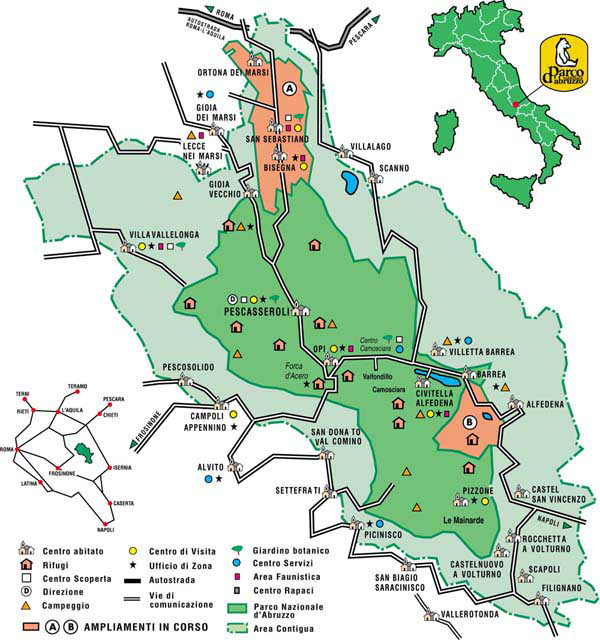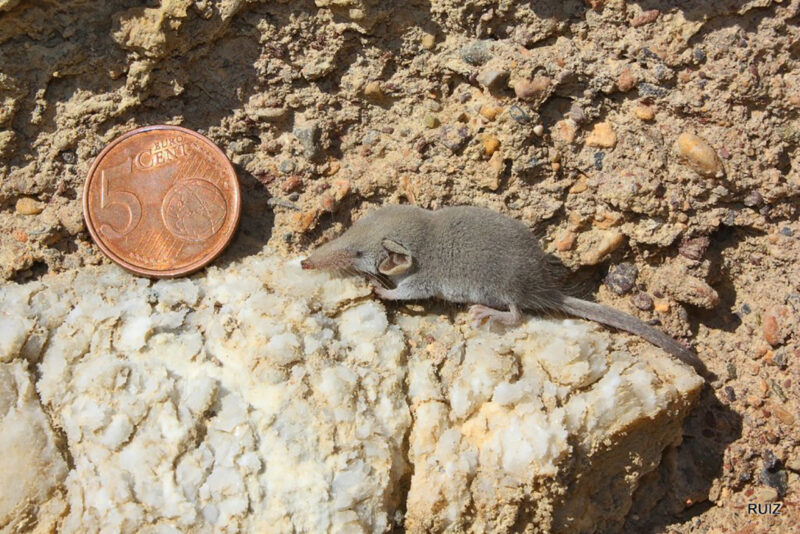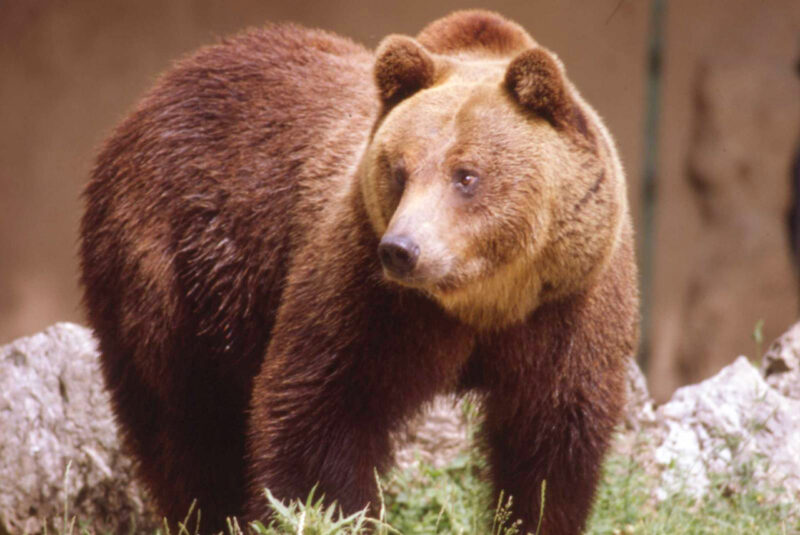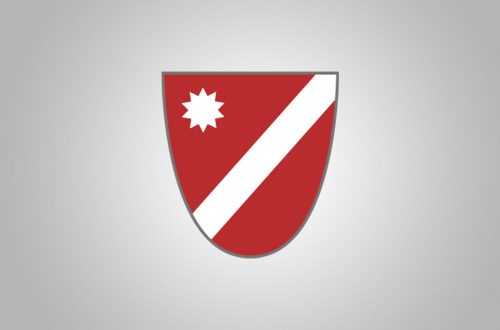
Abruzzo, Lazio & Molise National Park Is a True Wonder of Italy
By Joseph “Sonny” Scafetta, Jr.
The Abruzzo, Lazio, and Molise National Park, until recently known just as the Abruzzo National Park, is an Italian national park with headquarters in the town of Pescasseroli (population 2,206 in the 2015 census) in the province of L’Aquila in the region of Abruzzo. It is the oldest national park in the Apennine mountains and the second oldest in Italy.
The idea for the creation of the park came from Erminio Sipari (1879-1968), a member of the Italian Parliament from the province of Frosinone in the region of Lazio. During October and November 1921, the community of Opi in the province of L’Aquila leased five square kilometers of land to a private federation to protect its flora and fauna. Sipari established an organization in Rome to administer the reserve in September 1922. The territory of the park was expanded into adjacent communities until it covered 120 square kilometers in January 1923 when the national park was established by law with Sipari recognized as its founder and its chairman. He further expanded the park to 300 square kilometers over the next ten years until 1933 when the fascist government of Benito Mussolini repealed the legal protections of the park in order to log the ancient trees, pave roads connecting villages, and open a ski resort.
In 1950, the park was re-established and by 1976 was expanded to 400 square kilometers into neighboring Lazio and Molise. Today, the park encompasses 500 square kilometers, i.e., 192 square miles, and includes 25 municipalities: 12 in the province of L’Aquila in Abruzzo; eight in the province of Frosinone in Lazio; and five in the province of Isernia in Molise. As a result of this expansion, to 100 times its original size, the name of the Abruzzo National Park was changed to its current name.

Map of the Abruzzo, Lazio & Molise National Park
The highest mountain within the park is Petroso at 7,379 feet in a part of the Apennine range known as the Monti della Meta. Four rivers rise in the park of which the largest is the Sangro that empties into the Adriatic Sea east of the park. There are also eight large lakes in the park, of which the largest is the artificial Barrea.
The flora in the park includes more than 2,000 plant species, without including lichens, algae, and fungi. The most well-known flower in the park is the rare lady’s slipper, a yellow and black orchid. The beech tree covers about 60% of the wooded area in the park. The other 40% is covered by the silver birch, the black pine, and the mountain pine.
Six types of raptors inhabit the park, most notably being the golden eagle, which has been reduced to only six breeding couples at the last count. Three types of owls haunt the night sky: the little owl, the barn owl, and the tawny owl. Woodland birds include the European green woodpecker and the rare white-backed woodpecker. Cliffs harbor the red-billed chough and the alpine chough. Barren mountain tops are inhabited by the rock partridge and the white-winged snow finch. Streams provide habitat for the grey wagtail and the white-throated dipper.
The main attractions of the park are the fauna, in particular, the Marsican brown bear and the Italian wolf. Due to poaching, the bear population has been reduced to only about 30 and the wolf population is about 40. In thicker areas of the forests, red deer, roe deer, and wild boars browse in greater numbers. Other reclusive inhabitants of the forests include the European pole cat, Eurasian badger, Eurasian otter, the pine marten, and the beech marten. The Etruscan pygmy shrew is the smallest known extant mammal by mass, weighing only about .063 ounce, with a body length of about 1.6 inches, excluding the tail. High above the forest, a species of goat-antelope known as the Abruzzo chamois and wild sheep known as mouflon live in small groups. Animals easier to see are the emerald toad, the red fox, the European hare, the least weasel, the European mole, the western European hedgehog, the garden dormouse, the red squirrel, the snow vole, and the European wild cat. Found only in the Molise part of the park is the Italian Mediterranean water buffalo which numbered 745 in the last count made in 2013.

Credit: Wikipedia

If you are driving from Rome to your ancestral family home in either Abruzzo or Molise, you may want to stop in the park along the way to admire the mountains, rivers, lakes, flora, and fauna.
Sources, all accessed July 12, 2022:
- https://en.wikipedia.org/wiki/Abruzzo,_Lazio_and_Molise_National_Park
- https://en.wikipedia.org/wiki/Pescasseroli
- https://en.wikipedia.org/wiki/Erminio_Sipari
- https://en.wikipedia.org/wiki/Etrusican_shrew
- https://en.wikipedia.org/wiki/Chamois
- https://animalia.bio/mouflon
- https://en.wikipedia.org/wiki/Italian_Mediterranean_buffalo
January/February 2023





